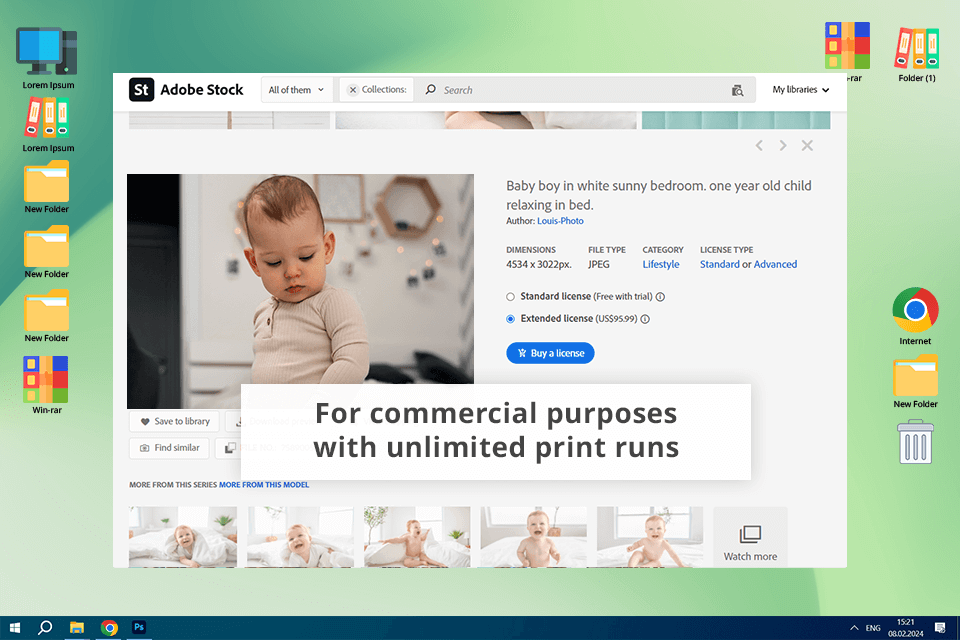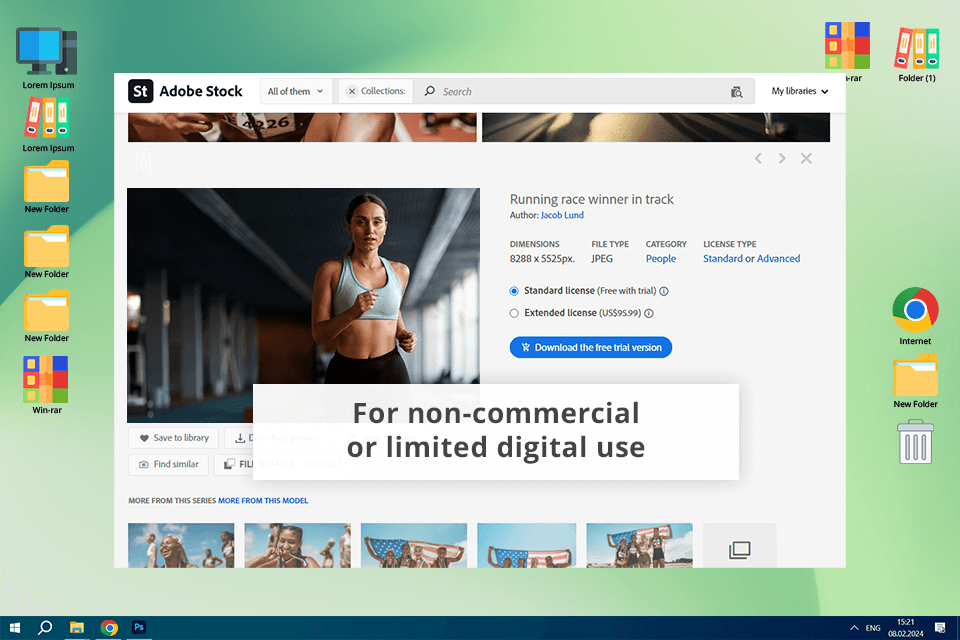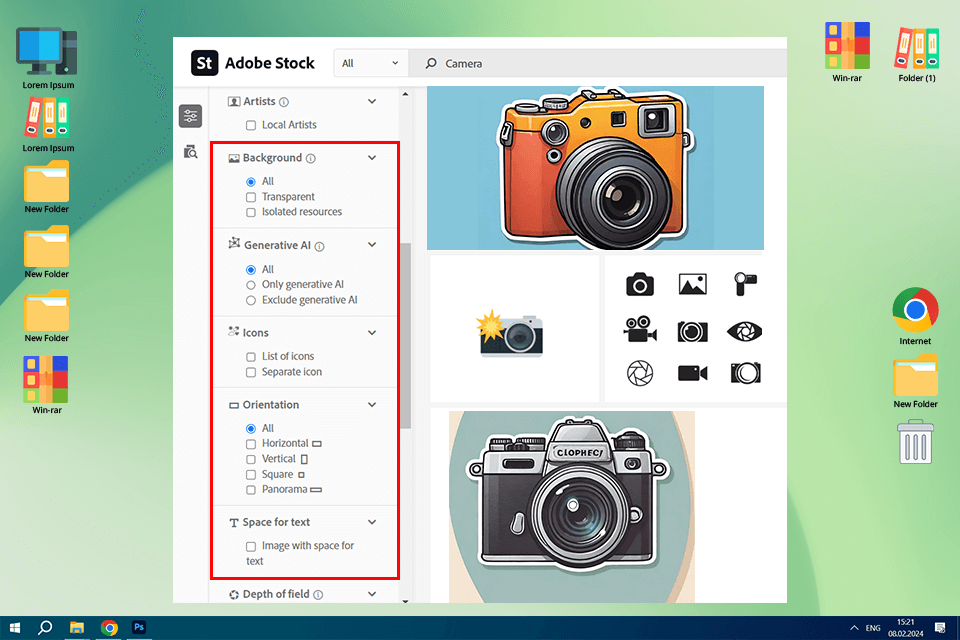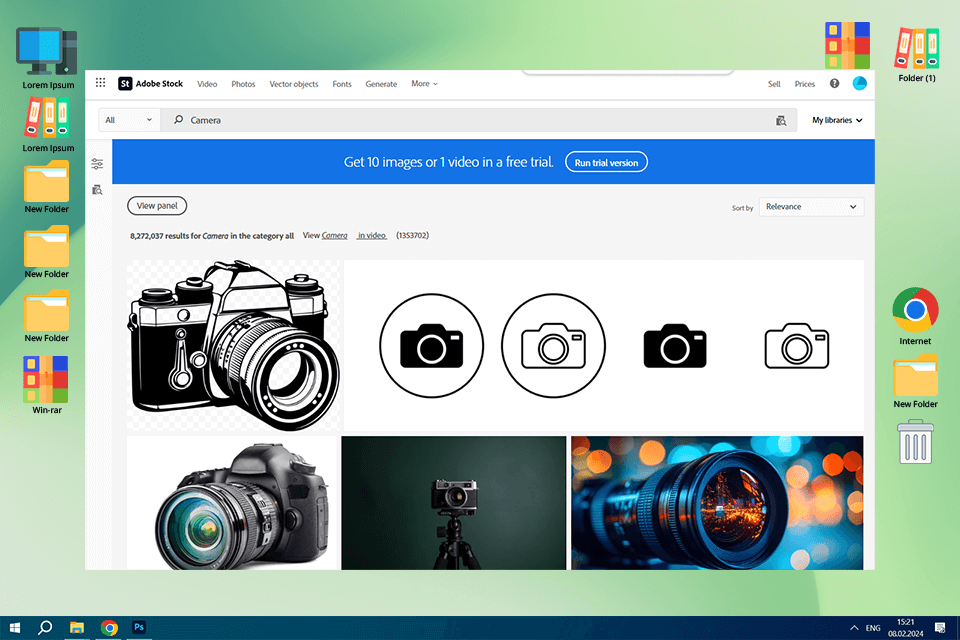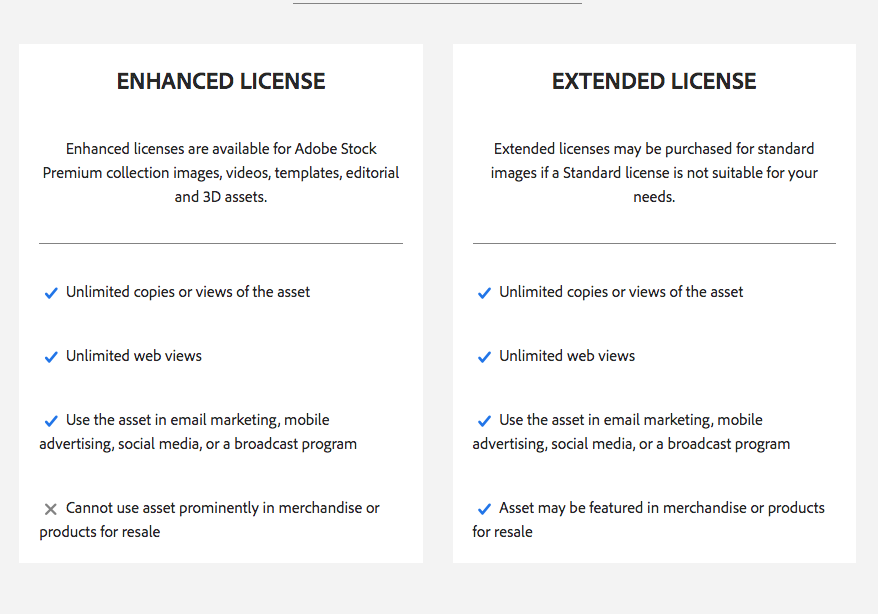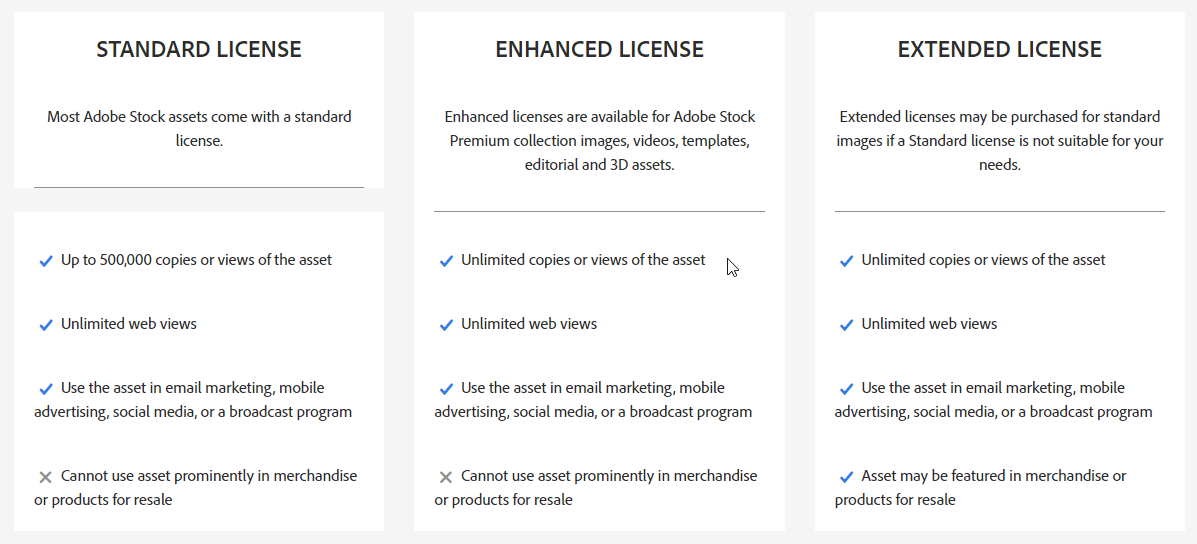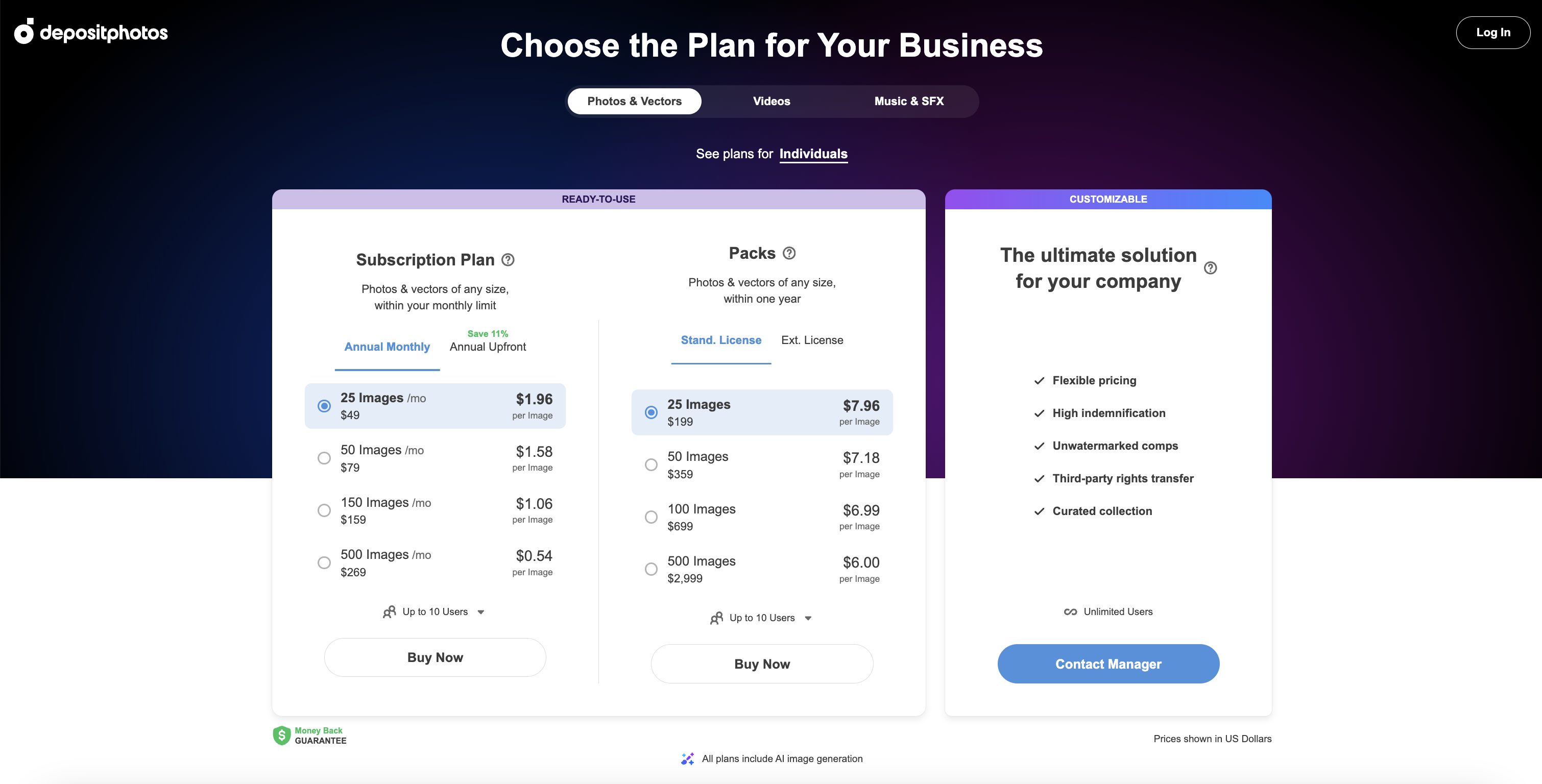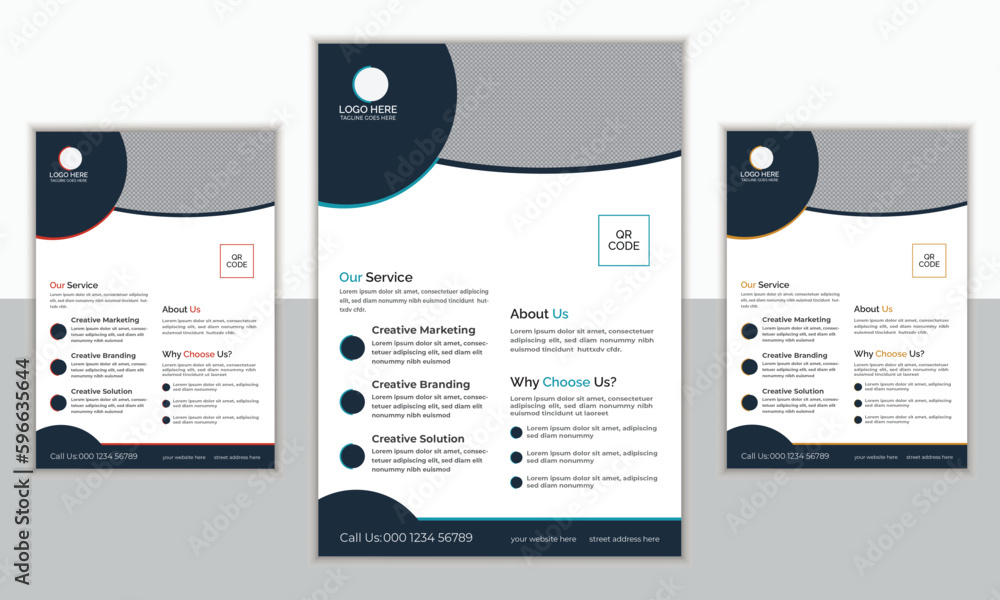Adobe Stock Standard Vs Extended License
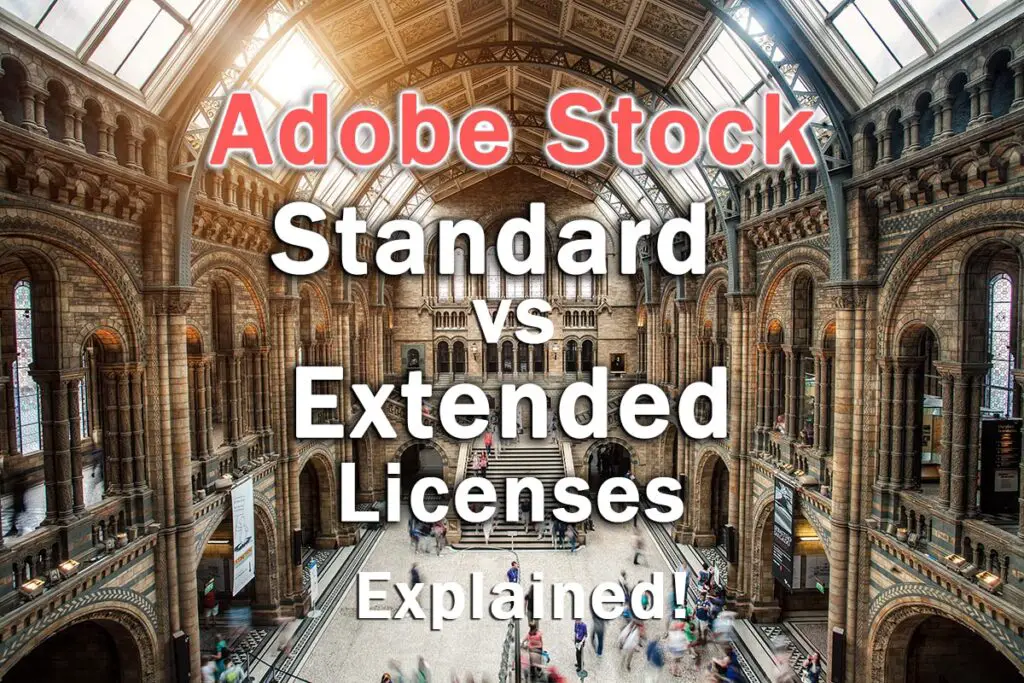
For businesses and creatives leveraging stock imagery, understanding the nuances of licensing is crucial. Adobe Stock, a leading provider, offers two primary license options: Standard and Extended. Choosing the right one hinges on intended usage, budget, and the potential scale of the project.
This article breaks down the key differences between Adobe Stock's Standard and Extended licenses, empowering users to make informed decisions. Ignoring these differences could lead to copyright infringement, potentially resulting in legal repercussions and financial penalties.
Understanding the Standard License
The Adobe Stock Standard license is designed for typical commercial use cases. It covers usage in advertising, marketing materials, websites, social media, and presentations.
Generally, the Standard license allows for unlimited digital reproduction. However, print runs are typically capped at 500,000 copies.
This license is ideal for small to medium-sized businesses with moderate advertising needs. It is the more affordable option of the two.
Delving into the Extended License
The Extended license offers broader usage rights compared to the Standard license. It removes several key restrictions, especially regarding merchandise and larger print runs.
With the Extended license, you can use images in items for resale, such as t-shirts, mugs, and posters. There is also no limit on print reproduction.
This license is suited for businesses that require high-volume printing or intend to use images for products they sell. It comes at a higher cost reflecting these broader rights.
Key Differences Summarized
The primary divergence lies in merchandise usage and print run limitations. The Standard license prohibits using images in products for resale, while the Extended license permits it.
Furthermore, the Standard license caps print runs at 500,000 copies, whereas the Extended license has no such limit. Price is another significant differentiator, with the Extended license commanding a premium.
According to Adobe's official website, both licenses grant perpetual, worldwide usage rights. This means you can use the image forever, globally, once you've licensed it, within the scope of your chosen license.
Impact on Businesses and Creatives
The choice between these licenses directly impacts a project's budget and scope. Selecting the Standard license when the Extended license is needed could result in copyright infringement.
For instance, a small business creating social media ads could likely manage with a Standard license. A large corporation producing millions of brochures or selling merchandise featuring the images would necessitate the Extended license.
Adobe Stock offers clear guidelines on its website to help users determine the appropriate license. It also provides a license comparison chart for easy reference.
Considering Cost and Future Needs
Evaluate current and future business needs before deciding. It is more cost-effective to purchase the Extended license upfront than to face legal issues later.
Consider the long-term potential of your project and whether merchandise sales are a possibility. Investing in the appropriate license from the start saves potential headaches down the road.
Many creatives choose the Standard license initially and upgrade as their business grows.
Expert Insight
"Understanding the licensing terms is paramount,"says Jane Doe, a copyright lawyer specializing in digital media.
"Many businesses inadvertently infringe on copyright by not fully grasping the restrictions."
Doe emphasizes the importance of reading the fine print and seeking legal counsel if unsure. "It's always better to be safe than sorry when it comes to copyright," she adds.
Proper understanding of Adobe Stock's licensing options protects businesses and enables legal, creative expression.

